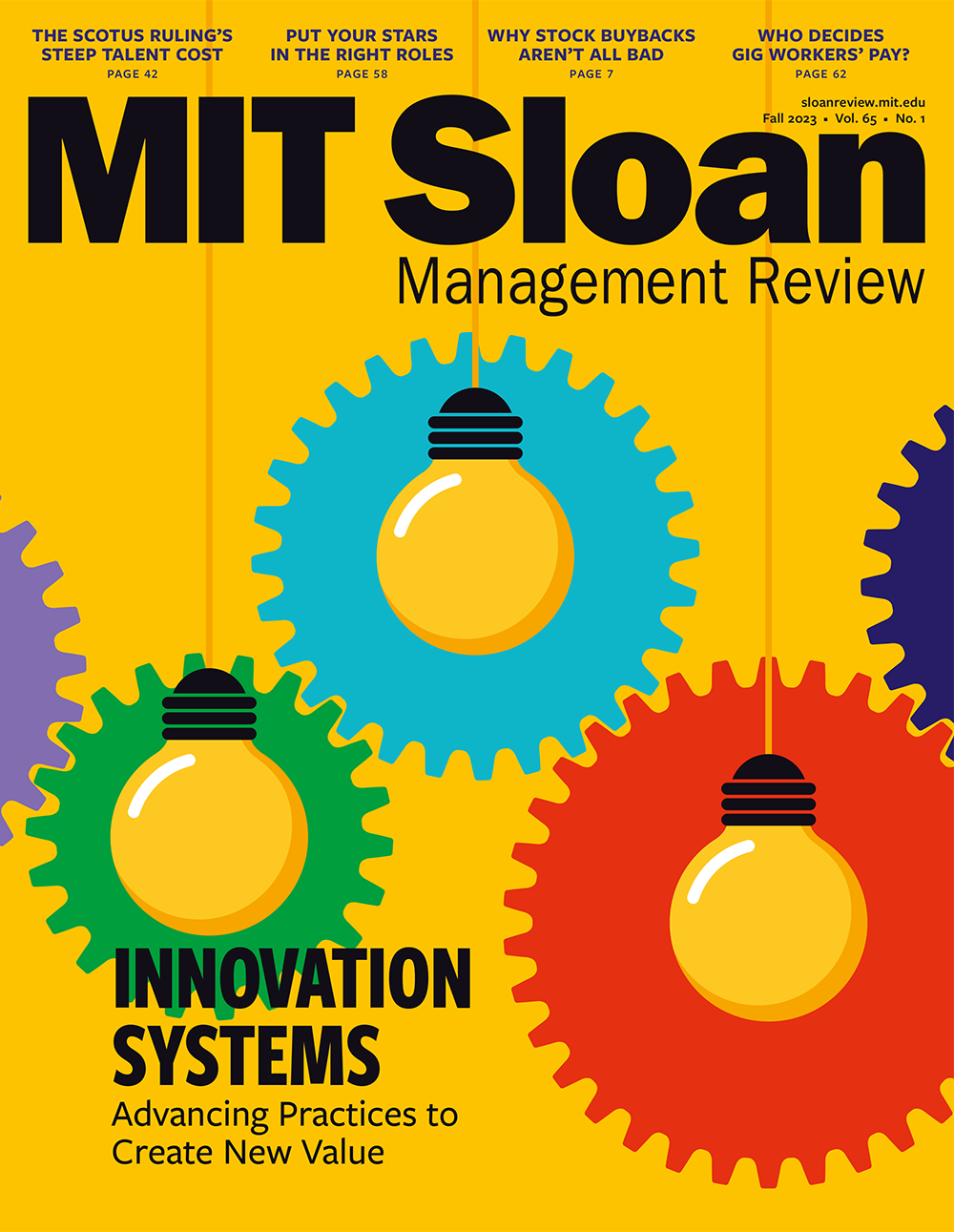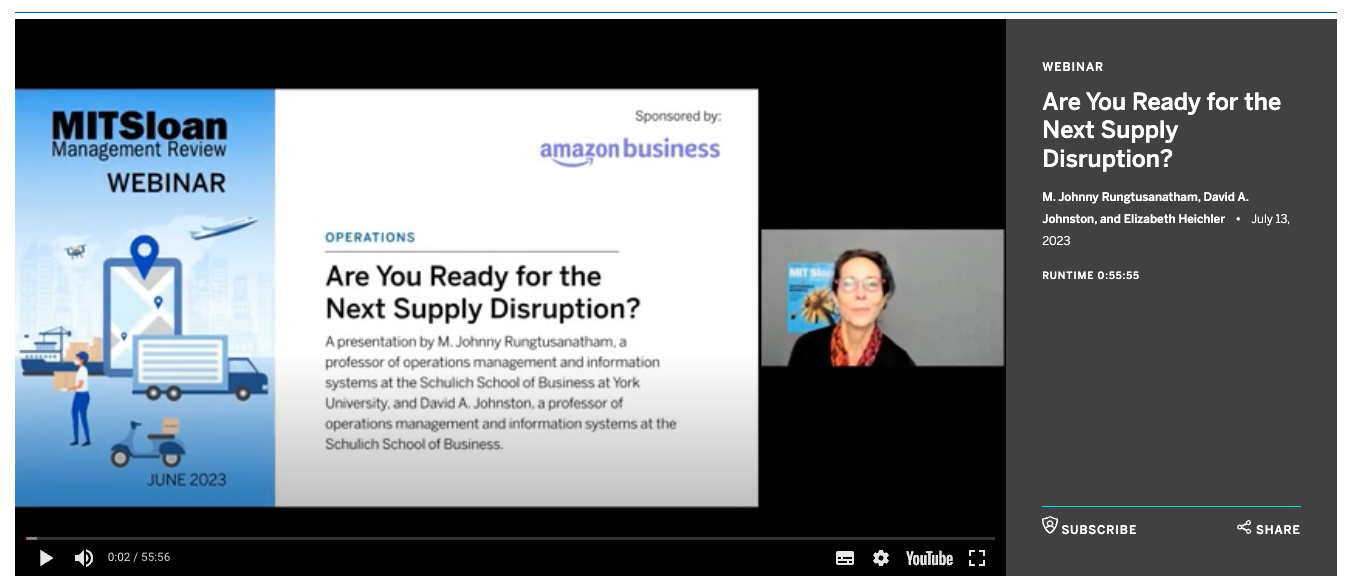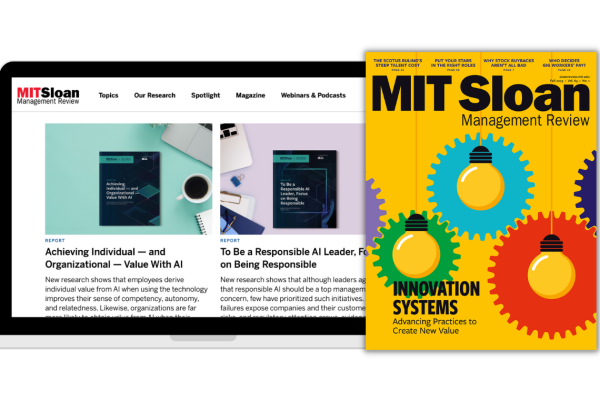Leading the way: Deb Gallagher of MIT Sloan Management Review on the challenges of bringing out a research-based magazine
Having produced 100 Nobel laureates, 81 MacArthur Fellows and 41 astronauts, the Massachusetts Institute of Technology (MIT) is known as an educational powerhouse around the world. Imagine, then, the pressure on a research-based magazine and digital platform that carries the MIT name.
“Yes, customers have an expectation of super-high-tech service and when our marketing or fulfilment systems let them down, they are not happy,” says Deb Gallagher, Director of Marketing and Operations at new FIPP Member, MIT Sloan Management Review.
“But that is a small matter compared to the advantage we gain from the MIT brand name, especially internationally. It reinforces our brand mantra of credibility and being fact-based and practical. It is a foot in the door with prospective corporate partners. And it is appealing to licensees, who receive from us not only great content but also an imparting of credibility.”
Established in 1959 by the MIT Sloan School of Management, MIT SMR seek outs, develops, and delivers innovative, evidence-based new management ideas to help leaders at all levels make a positive impact on their organisations, stakeholders and own careers. A print magazine appears quarterly while the MIT SMR website is updated daily.

According to Gallagher one of the main challenges of running a research-based publication is how long it can take for academic research to coalesce into lessons learned.
“Evidence-based content is definitely our primary calling card and promise to readers. But we also need to supplement that with thoughts and ideas from other global management thinkers about newly emerging phenomena that the research is still catching up to,” she explains.
Keeping an eye on AI
Like so many other media outlets, MIT SMR has been keeping a close eye on the rise of artificial intelligence. The Summer 2023 print issue includes a look at the risks and potential rewards of generative AI, while the website features stories on topics like using federated machine learning to overcome the AI scale disadvantage and how robots can enhance performance management for humans.
MIT SMR also has a podcast called Me, Myself, and AI with hosts Sam Ransbotham and Shervin Khodabandeh exploring, among other issues, the AI tools that can put human rights at risk, such as when governments and public-sector agencies use facial recognition systems to track social activists or algorithms to make automated decisions about public housing access and child welfare.
“Our podcast is an important part of our platform mix,” says Gallagher. “It has been huge in building our name as an important source of information about AI. The reach is quite good for a niche topic podcast; the numbers are not huge, but they do support our position as one of the top podcasts on this subject.”
MIT SMR has also been assessing the best way to make AI part of its own operation. “How AI is changing our lives in the future and how it will change the way MIT SMR operates is a BIG question!” says Gallagher. “Like every publisher we are exploring the dimensions and educating ourselves.
“Some early ways it could change the way MIT SMR operates are streamlining creation of content metadata, summaries, social posts, and abstracts; fundamentally changing our approach to search; creating licensing opportunities for data training; and blowing up our analytics and measurement methods.
“As to the ways it can change our lives in the futures, I’ll leave that to the Geoffrey Hintons of the world.”
The importance of print and events
While an increasing number of MIT SMR readers are opting for digital only, especially if they are outside the US, a majority still want print.
“The print magazine imparts a perceived value that is hard to replicate when you have no physical product,” Gallagher points out. “Print matters a lot to some of our scholarly authors as well.”
With a lot of content to share with it readers, from the importance of neuroinclusion to having a digitally mature finance office, MIT SMR has to decide carefully what to run on their website or in the magazine – a balance that has changed over time.

“We have three editorial pillars – strategic leadership, digital innovation and sustainable business – and we maintain these across both print and digital,” explains Gallagher. “We have been working on breaking down the print/digital divide. Up until now the magazine has featured most of the longer, research-based articles, but that is evolving.”
Another way for MIT SMR to build its brand is through webinars and online events featuring academic experts and other leading thinkers addressing topics of immediate concern to readers and viewers. They offer an opportunity to learn and grow while staying up-to-date on the newest leadership ideas.
“Webinars are not a huge part of our revenue mix, but they are important,” says Gallagher. “For one, our customers really appreciate them, and continue to attend in droves and ask lots of engaged questions.
“Sponsors also like them as a way to associate their brand with our content and learning environment and as a way to generate leads. As part of our book publishing arrangement with MIT Press we ask authors to conduct webinars on their books/research; those are valuable not only for customers but also for books sales, for which we receive a royalty. Almost all of our webinars are sponsored by a corporate partner and are free to attendees.”

Publishing in America
Ask Gallagher what the biggest challenges are facing publisher in the US over the next five years and AI rears its head once more.
“For sure a challenge is generative AI and the question of what ‘content’ even means anymore,” she says. “Then there is the ever-rising competition for peoples’ time and attention, especially when you’re a paid publication as we are.”
“In the licensing arena, there’s the challenge of brand control and monitoring when licensees are not creating magazines but rather events, digital products and roundtables. And then there’s the fast-growing complexity and cross-functionality of what publishing teams do, meaning there is a need for a new way of thinking about roles and functions.
“Also, there’s the quest for that magical unicorn of monetisation – something that will let us all finally breathe easy.”











